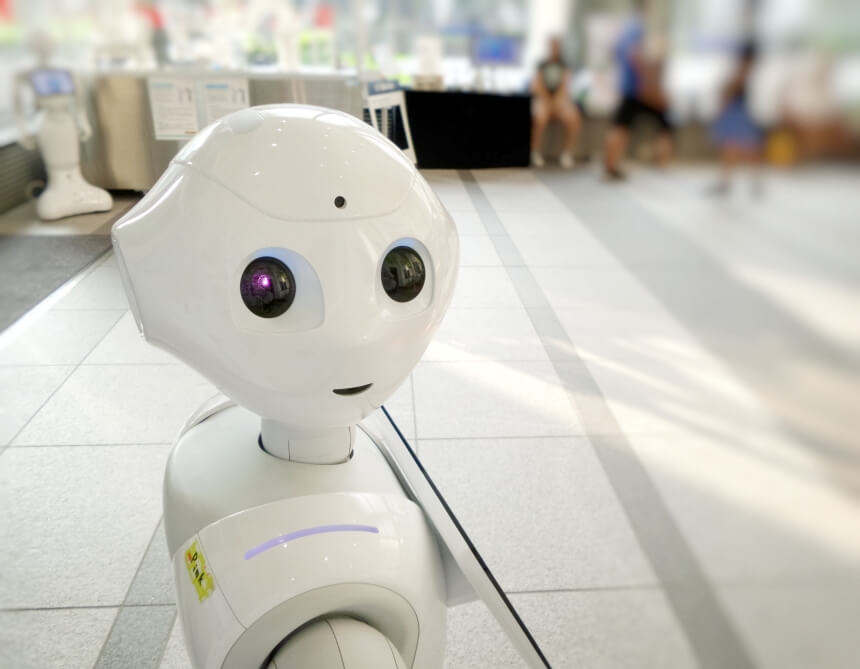
We read an article on safety and the use of AI technology in the workplace (link below) and it got us thinking about how AI interacts in our area of expertise, namely Fitness for Work testing.
So today we highlight some of the issues with an AI based approach to safety in the field of FFW.
AI is here to stay and will only get more ubiquitous as time goes on and computers get more powerful. Even today AI is reaching into just about every area of our lives. This is, like much of technology, a double edged sword.
There are many pro’s to AI, which we won’ go into today and which are well documented. Rather we will explore how the move to AI in some areas of work can present a real safety threat. When AI moves into the safety arena where the current actions are human based, the danger is that AI can simply miss some things that a human would detect.
Humans are very good at detecting small differences in people’s behaviour, their mannerisms even perhaps down to the smell emanating from the test subject, so far the same cannot be said of AI.
When we think of automation in the drug and alcohol testing arena, one could draw the parallel that the use of Wall Mount breathalysers which capture results and have an automatic notification of any failed tests – which undeniably is a very good deterrent for workers not to present after alcohol consumption, is similar in function to AI – inasmuch as it is outsourcing, or removing the decision making process from human to a machine.
The trouble with that, is that presently the technology cannot simultaneously identify or flag other Fitness for Work (FFW) factors such as fatigue, dehydration, sickness or other drugs affecting the test subject which could be observed by an officer/collector conducting the test on a hand held breathalyser.
There is definitely a benefit in automating processes but with every benefit there is often something sacrificed (a cost), and each business should undertake their own risk assessment to ensure that the sacrifice is not delivering a larger risk than the automated benefit delivers.
Here is the article we mentioned earlier that is also exploring this facet of our current and future workplaces.
https://healthandsafetyhandbook.com.au/bulletin/safety-and-the-use-of-technology-in-the-workplace/
CMM Technology™ believe that in the future, AI will increase its ‘intelligence’ quotient exponentially and with that, the possibilities of one machine being able to detect a multitude of physical signs and make good decisions will be credible, but we are not there yet. So in the meantime exercise caution when relying on these devices and if you have any concerns or questions on how to counter AI safety risk, we would be only too happy to discuss them.
Categories
Archive
- February 2022
- October 2021
- June 2021
- November 2020
- October 2020
- June 2020
- March 2020
- February 2018
- December 2017
- August 2017
- February 2017
- September 2016
- August 2016
- October 2013
- September 2013
- July 2013
- May 2013
- February 2013
- December 2012
- November 2012
- August 2012
- June 2012
- February 2012
- December 2011
- October 2010
